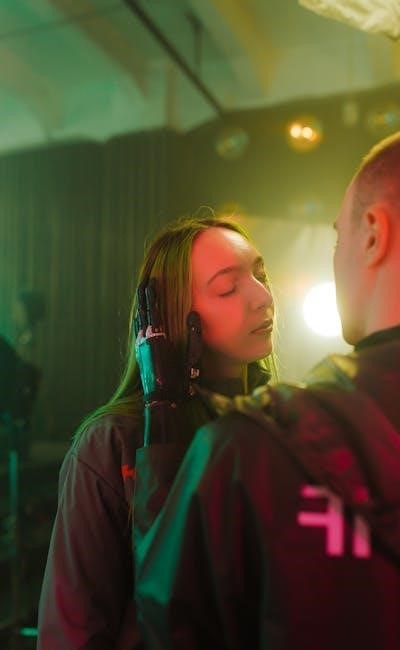
Closed captioning, once a niche requirement, is rapidly evolving into a cornerstone of digital accessibility and a vital component of modern video accessibility. This article provides an advisory overview of emerging technologies shaping the future of closed captioning and subtitling, impacting content creation, streaming services, and video platforms alike. Staying informed is crucial for ensuring compliance with regulations like FCC regulations and ADA compliance, and for delivering a superior user experience (UX).
The Rise of AI and Machine Learning
The most significant shift is the increasing reliance on AI captioning powered by machine learning. Traditional transcription services, while still valuable for high-stakes accuracy, are being augmented – and in some cases, replaced – by systems leveraging automatic speech recognition (ASR). This isn’t simply about automating the process; it’s about fundamentally improving speed and cost-effectiveness.
Neural networks and deep learning are at the heart of these advancements. These technologies allow systems to learn and adapt, dramatically improving captioning accuracy over time. Natural Language Processing (NLP) further refines the output, correcting grammatical errors and ensuring readability. Expect to see continued improvements in handling accents, background noise, and complex terminology.
Key Innovations in AI Captioning:
- Real-time transcription: Live captioning for events, broadcasts, and meetings is becoming increasingly reliable, thanks to advancements in ASR. Broadcast captioning is benefiting significantly.
- Remote captioning: AI facilitates scalable remote captioning solutions, reducing reliance on physical studios.
- Multilingual captions & Translation: AI-powered translation is enabling the creation of multilingual captions with unprecedented speed and affordability, expanding global reach.
Beyond Accuracy: Enhancing the User Experience
The future isn’t just about getting the words right; it’s about how those words are presented. Caption synchronization is becoming more sophisticated, ensuring captions appear precisely when needed. Caption editing tools are also evolving, allowing for quick and easy corrections and stylistic adjustments.
Accessibility solutions are extending beyond basic text. Integration with assistive technology is paramount. Considerations include customizable font sizes, colors, and backgrounds to cater to diverse visual needs. Text-to-speech functionality, while often separate, complements closed captioning for users with auditory impairments.
Technical Considerations: Formats and Software
Understanding caption files formats is crucial. SRT and VTT remain dominant, but newer formats may emerge to support advanced features. Choosing the right captioning software depends on your needs – from simple online tools to professional-grade suites. Many video platforms now offer built-in automatic speech recognition capabilities, but always review and edit the output for accuracy.
The Path Forward: Inclusive Media & Compliance
The trend towards inclusive media is undeniable. Prioritizing media accessibility isn’t just ethically responsible; it’s good business. As online video consumption continues to grow, the demand for high-quality closed captioning will only increase. Proactive investment in these technologies will ensure your video content reaches the widest possible audience and avoids potential legal challenges related to compliance.
Remember that while AI captioning is rapidly improving, human review remains essential, especially for critical content. A blended approach – leveraging AI for speed and efficiency, combined with human expertise for accuracy and nuance – is the most effective strategy for the foreseeable future.




Excellent article! The points about multilingual captions and translation are especially important. As businesses expand globally, the ability to quickly and affordably provide captions in multiple languages will be a huge competitive advantage. I
This is a really insightful overview of the closed captioning landscape! I particularly appreciate the focus on AI and machine learning – it